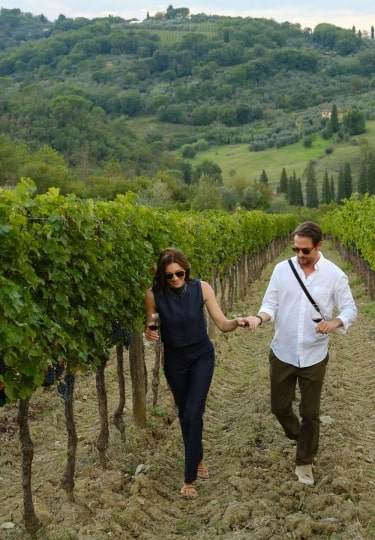Italy in September is a highly desirable time to visit this culturally rich Mediterranean country. With the onset of fall, the searing rays of August mellow to gentle golden sunshine, crowds dissipate, and the focus turns to the delicious abundance of the late harvest period.
September in Italy can be all things to all people. The weather and water temperatures make for superb beach days, while the lines for the Vatican or the Uffizi Gallery in Florence are greatly reduced. The chalkboards of trattorias, from Pisa to Messina, begin to list specials featuring porcini mushrooms, pumpkins, and truffles.
Whether you’re keen to bag end-of-season sales in Rome’s Via Condotti or hike from Portofino to Santa Margherita along uncrowded pathways, you’ll discover that Italy in September is perfect for so many reasons.
September Weather
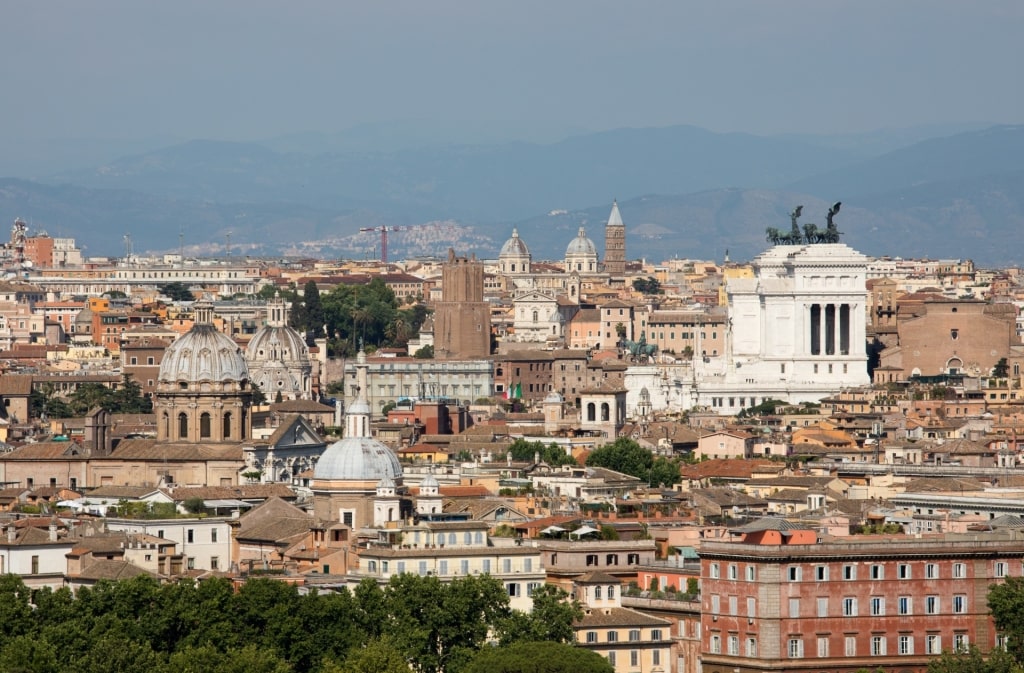
Rome
August is Italy’s busiest month. Everyone makes for the coast, fleeing the high inland temperatures, before flopping down on their reserved lounge chairs at the beach club.
With the advent of meteorological fall, the overheated situation in Italy, both literal and metaphorical, begins to ease. The weather at this time, from southern Puglia to northern Liguria, is reliably delightful.
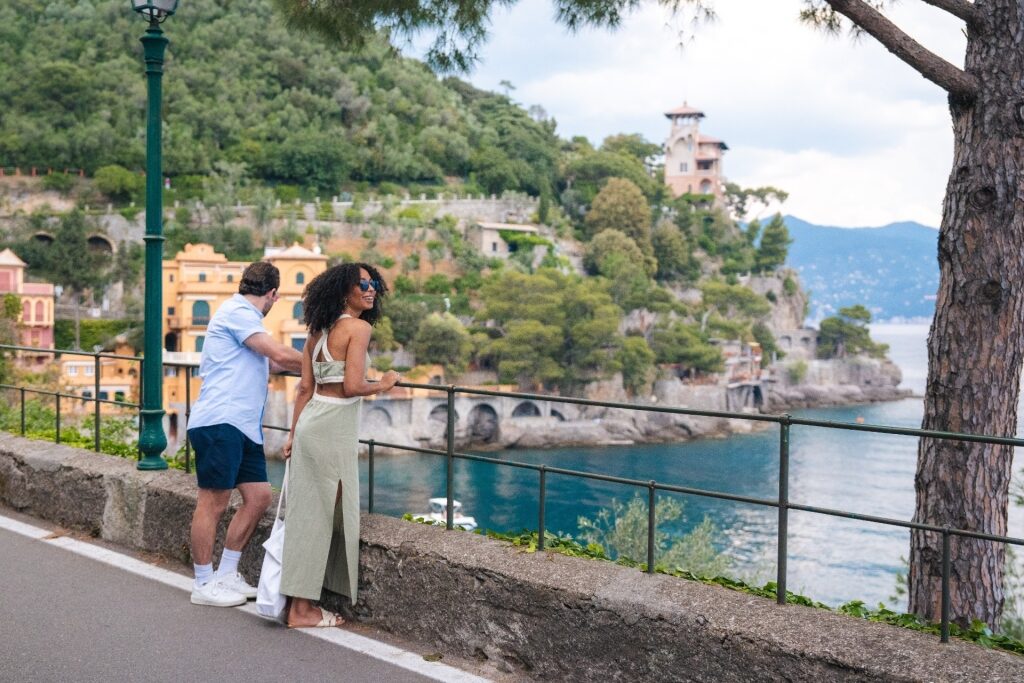
Portofino
Highs in the central and southern regions of Italy hover around the sweet spot of 80–83°F, or 27–28°C. Head north, past the picturesque beaches of the wild Maremma of Tuscany to the well-groomed crescent of the Italian Riviera, and you’ll find that temperatures are only a degree or two cooler.
By the middle of the month, there is a slight but noticeable dip in evening temperatures. While dining al fresco is still possible at this time, be sure to pack long pants and cardigans or sweaters to balance out lows dwelling in the region of 60–65°F, or 15–18°C.
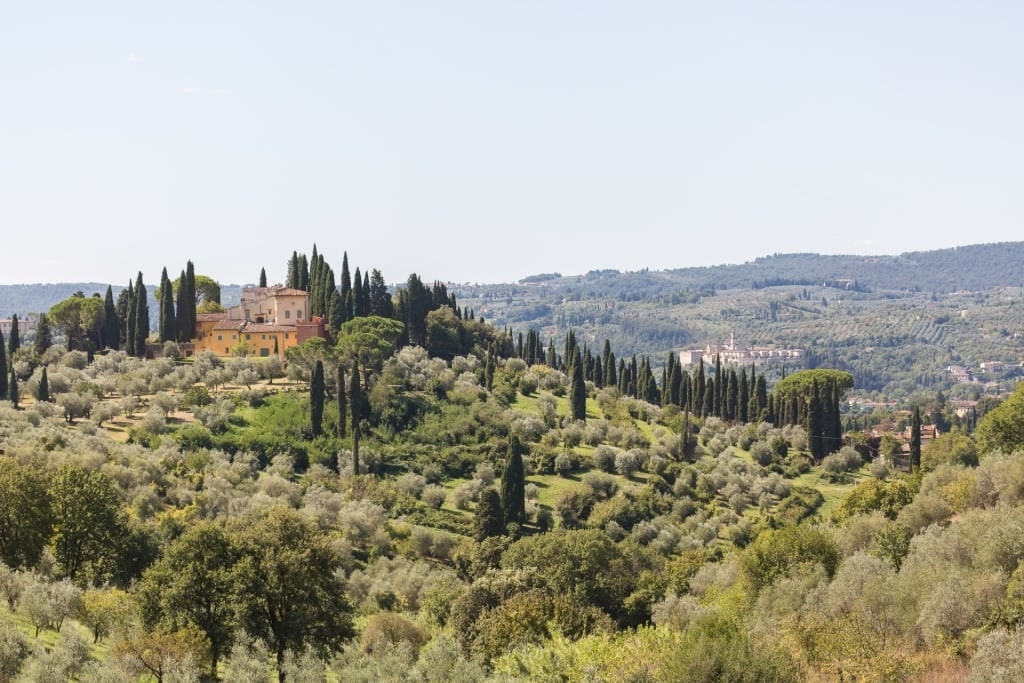
Vineyard in Tuscany
As late September rolls in, the early turning leaves begin to shine in the parks of Rome and on the velvet-soft Tuscan hills. As October approaches, the occasional rain shower washes the Italian summer dust off of the terracotta tiles. The medieval cobblestones of Italian cities can become treacherously slippy after a dousing, so good grips are important at this time of year.
Nevertheless, the meteorological story is very much the same as it has been throughout the rest of the month, with sunny days prevailing. Air temperatures shift a little lower, with highs of 70–78°F, or 21–26°C. In the evenings, the outdoor seating has already been packed away as temperatures sit around a cool 55–60°F, or 13–16°C.
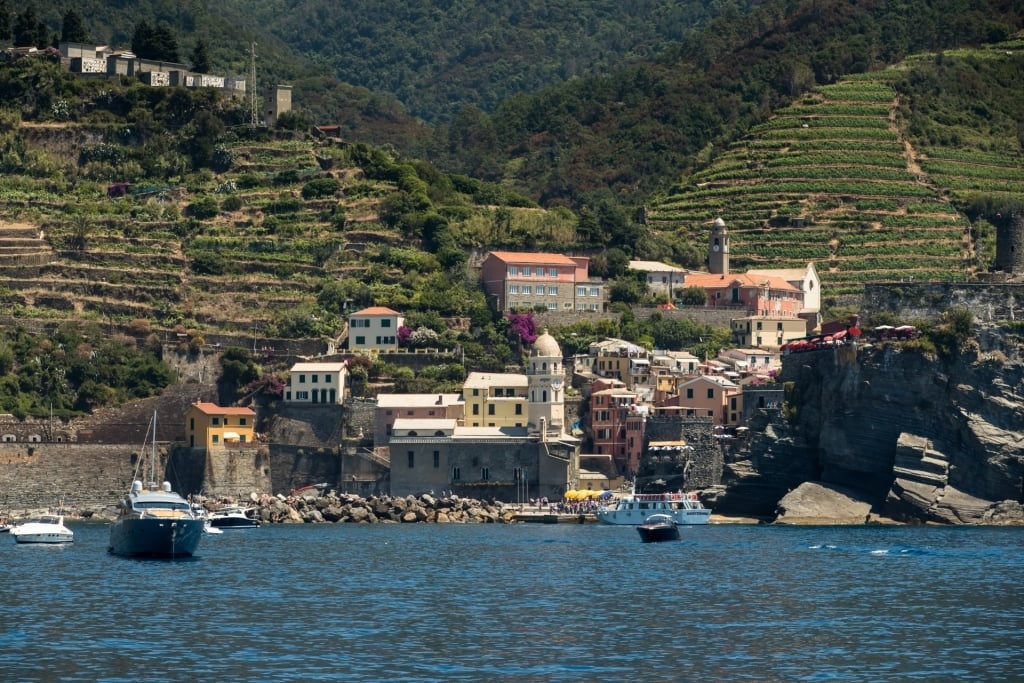
Cinque Terre
It’s a different story with the water temperature, however. Thanks to all of that scorching August heat, the water, from the Cinque Terre right down to Isola Bella in Sicily, is still very swimmable, measuring in at an average of 75°F, or 24°C.
Fewer Crowds
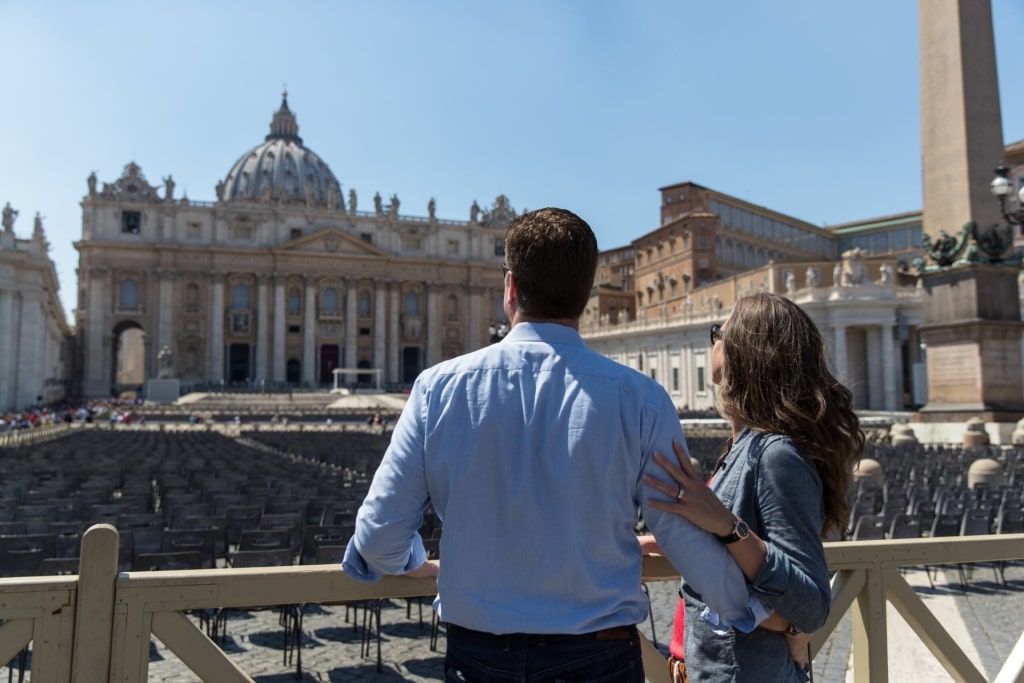
Vatican City
With the conclusion of summer, Italy in September suddenly sees a great deal of humanity drain from its major cities as school and work regain their grip on people’s lives. In terms of visitors from abroad, the Bel Paese—beautiful country—sees a drop in numbers of up to 30%, depending on the region.
Advantage, then, to the September traveler. This is a superb month to visit the major cultural centers, with a visit to the capital a particularly compelling prospect. The Vatican City sees the influx ease into its hallowed, masterpiece-filled halls.
In September, gazing up at Michelangelo’s heavenly artwork on the ceiling of the Sistine Chapel, you can, at last, hear your neck crick over everyone else’s.
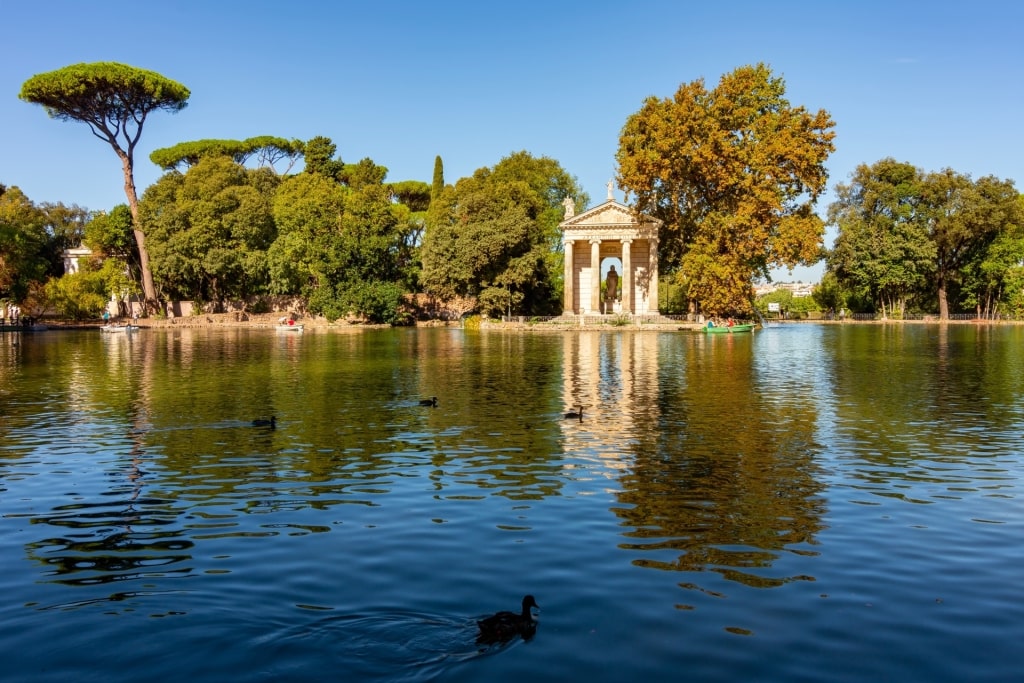
Villa Borghese, Rome
It’s not just the marble floors of the capital’s historic palazzi that open up again in September. Villa Borghese, perhaps Rome’s most engaging park, has, for the first time in several months, more grass acreage than picnic blanket visible. The available rowboats on the laghetto are in abundance, and fresh exhibitions are debuting at the Galleria Borghese.
In Florence, Tuscany, it’s a similar story. The high visitor numbers of the summer, as well as the humid heat of August finally ebbs.
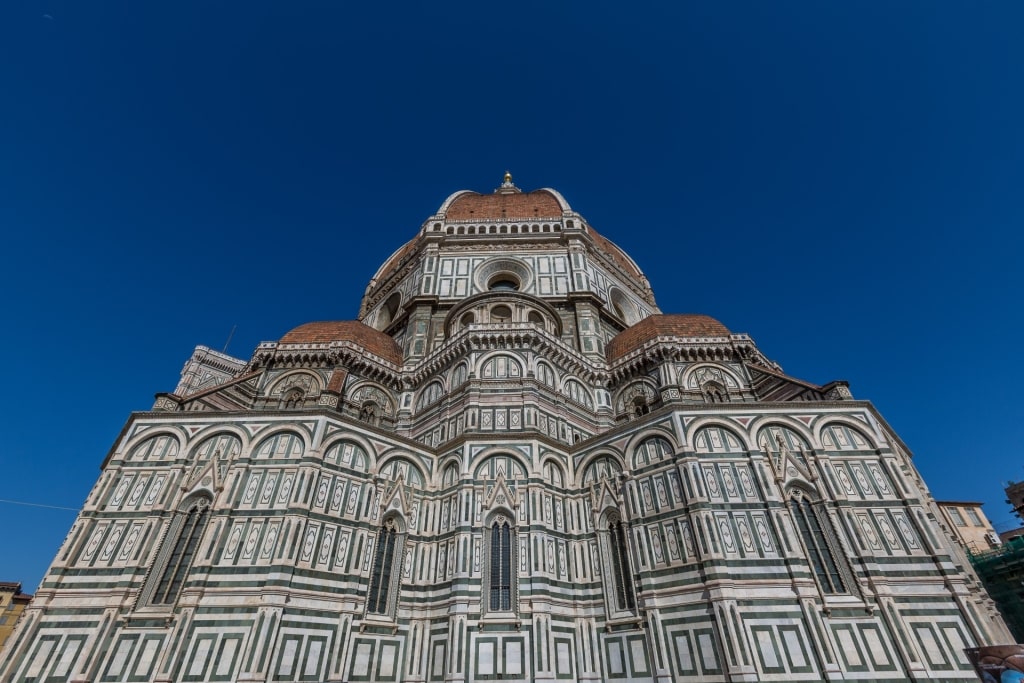
Duomo, Florence
There’s space to browse the jewelers’ window displays on the uncrowded Ponte Vecchio. The masterpieces of the Piazza della Signoria aren’t obscured by quite as many selfie-takers, while the pale marble facade of the Duomo still glows like moonlight beneath the high midday sun.
South of Naples, the famous Amalfi Drive is no longer gridlocked, or under any entrance restrictions; car numbers to the Amalfi Coast are controlled in high season. Early fall allows visitors to freely explore this near-mythical strip and discover the idiosyncrasies of the towns, from the majolica domes of Vietri sul Mare to the palazzi and panoramas of Ravello.
Stunning Beaches
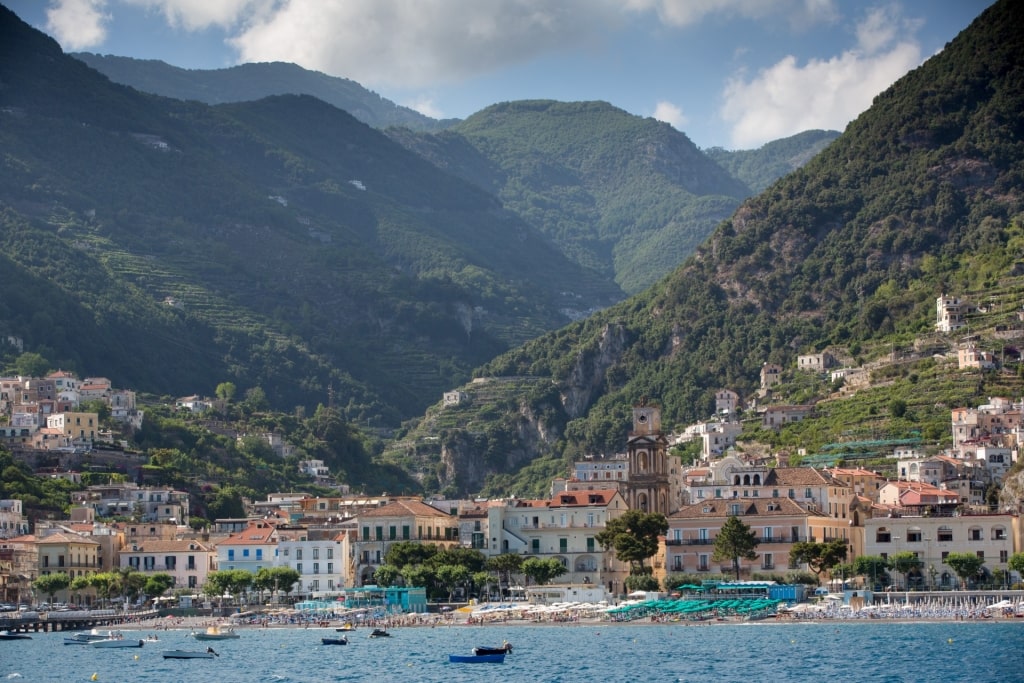
Amalfi Coast
If you’d prefer to tap into some of that dolce far niente—the sweetness of doing nothing—the best place for you is along the 4,900 miles of coastline that wraps around the peninsula like an aura of banded gold, silver, and bronze.
Italy’s most exclusive addresses, such as Portofino and Positano, are at their most accessible and appealing in September. The Italian coastal town of Portofino, sitting within its marine reserve, continues to be a magnet for divers as well as superyachts, with berths starting to open up at Santa Margherita’s harbor along the coast as summer sojourns come to an end.
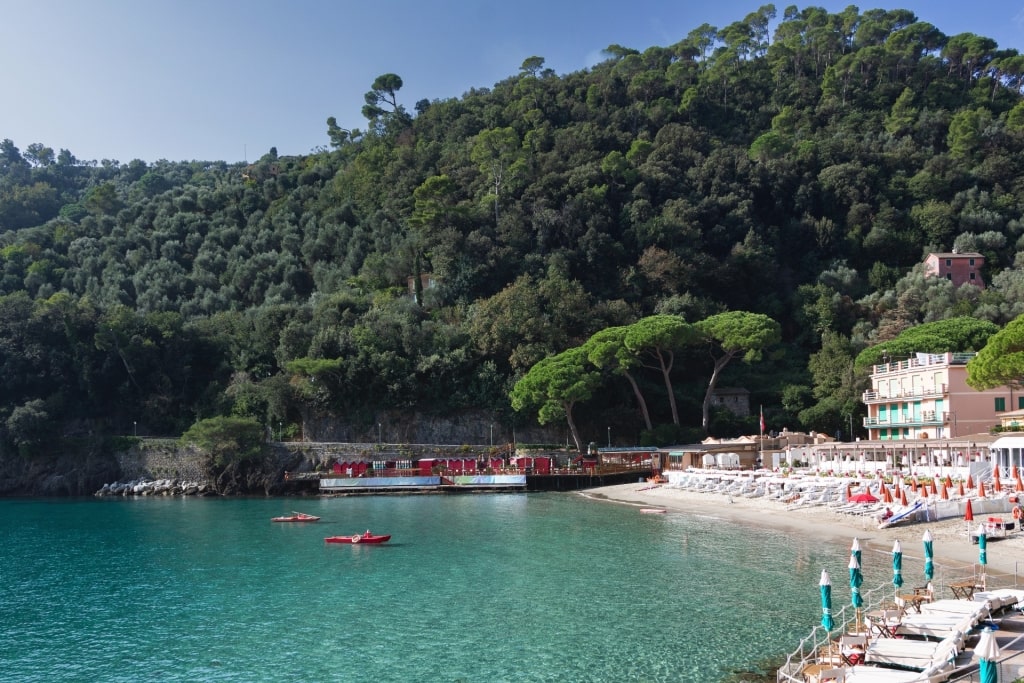
Paraggi Bay, Portofino
Santa Margherita has several decent beaches that are well worth a visit and which are close to the central, sea-view bars. However, the nearest beach to Portofino is Paraggi Bay.
One of the Italian Riviera’s rare stretches of sand, this picturesque cove, with the Blue Flag waters lapping gently, certainly feels exclusive. If you’d prefer not to pay the premium at the flashy beach clubs, there is a small but precious patch of free beach or spiaggia libera.
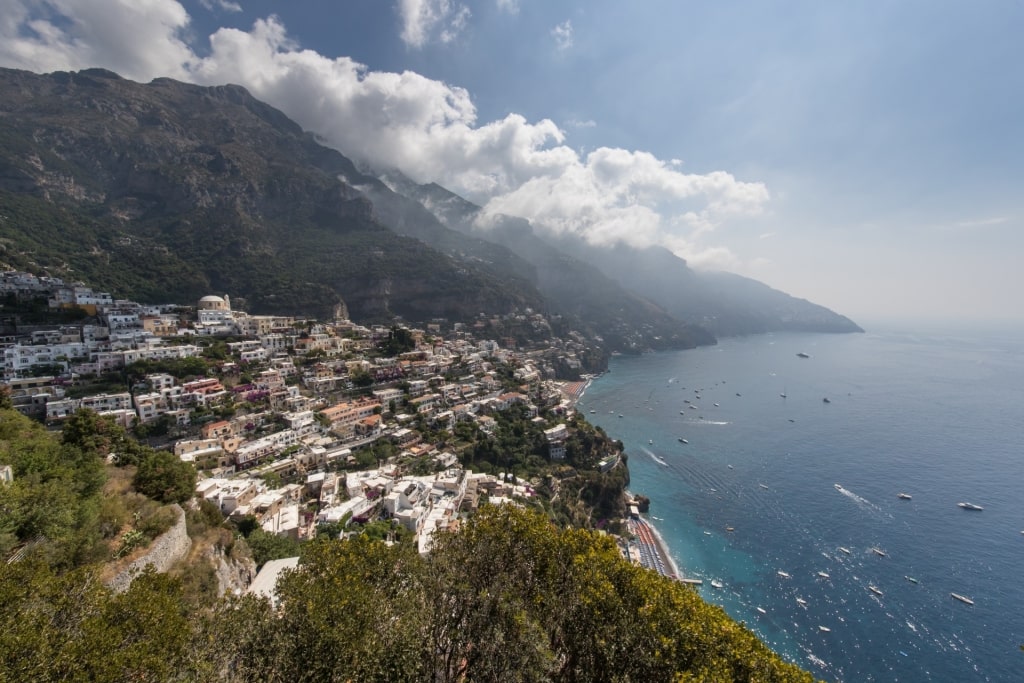
Positano
In the south, while the ring of yachts around Positano begins to fracture as September commences, there is still a lingering sense of the summer amid the beachside restaurants serving bowls of Linguine alla Vongole and bottles of crisp white wine.
With numbers dwindling, the Italian beach clubs and restaurants in the Amalfi and Liguria begin to close for the winter as the month nears its end.
Fall Produce
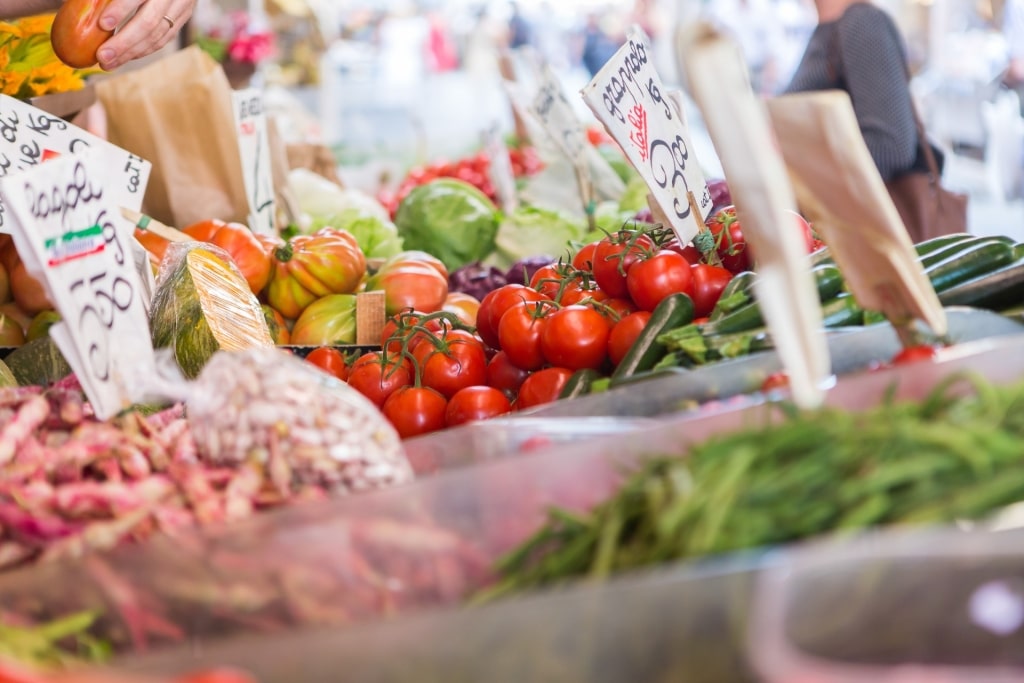
Market in Italy
If you’re a foodie and a friend of La Cucina Italiana, then Italy in September is your nirvana. During the tail-end of the harvest period, you’ll be exposed to a Mediterranean abundance of flavor, with tomatoes, eggplants, plums, and more still being freshly harvested.
The adjacent central Italian regions of Tuscany and Emilio Romagna are first among equals at this time of the year. The produce is piled high in the Florentine market of Mercato Sant’Ambrogio or Bologna’s Mercato delle Erbe, with the last melons of the season handing the seasonal spherical produce motif baton to the newly harvested pumpkins.
While in the US the pumpkin shines in pretty much one dish per annum, in Italy it’s an ingredient that, when in season, they can’t get enough of. When the word zucca begins to appear on menus, it signals the onset of Culinary Fall. One must-try Italian dish is Tortelli di Zucca—pumpkin-stuffed pasta parcels that are melt-in-your-mouth delicious.
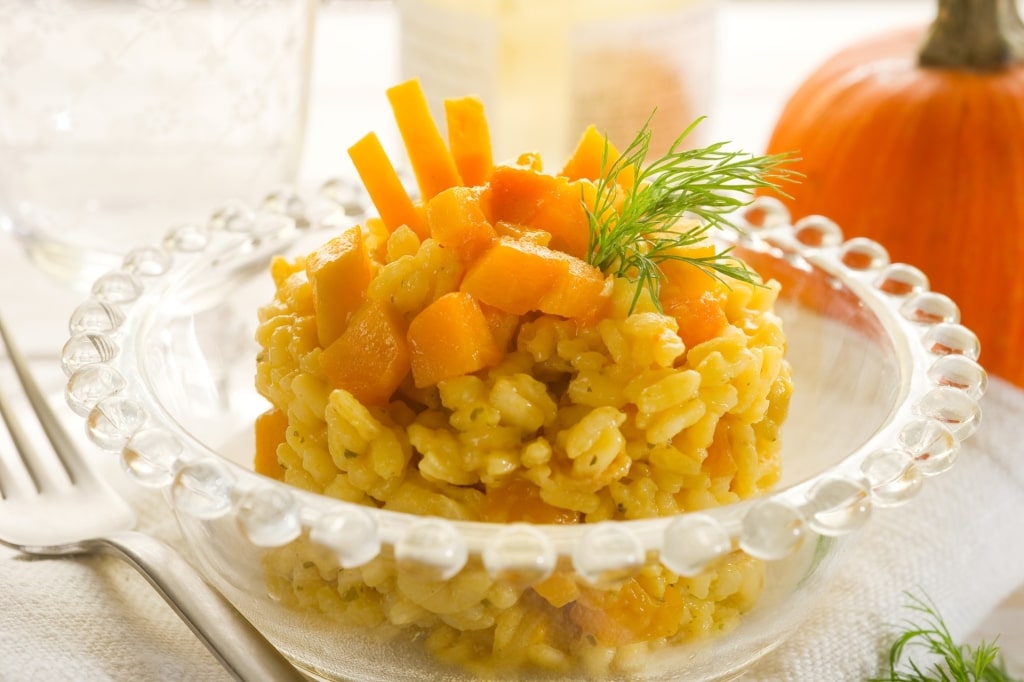
Pumpkin risotto
Or reserve a weathered wooden table in one of the historic trattorias of Bologna and dine on creamy pumpkin risotto, or tagliatelle entangled with sweet pumpkin and fried sage leaves—this dish occasionally sprinkled with toasted hazelnuts for added autumnal oomph.
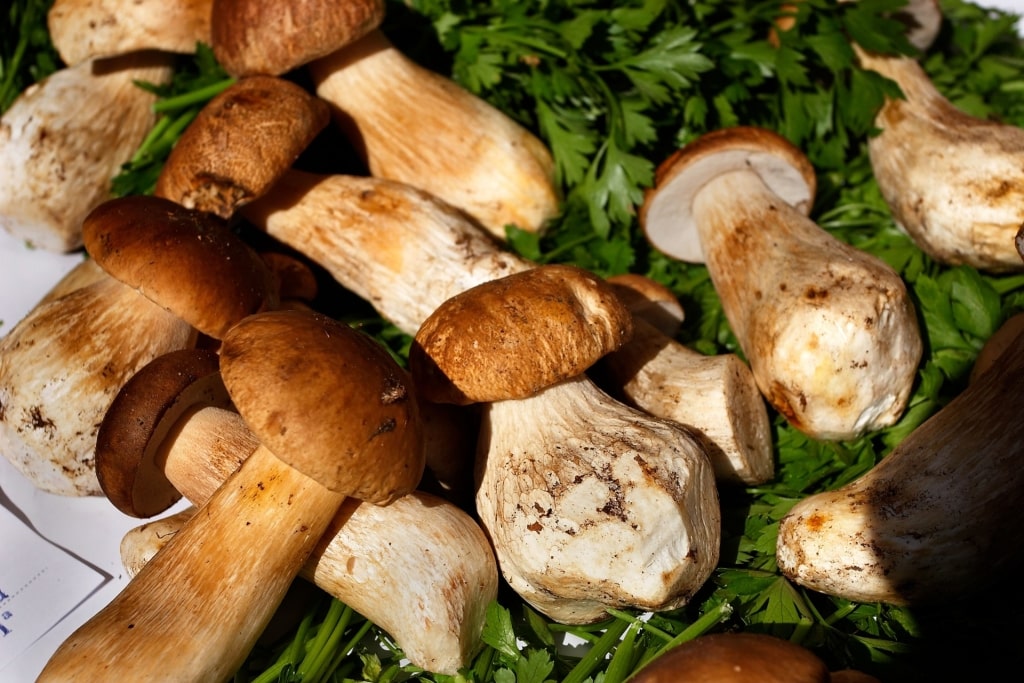
Porcini mushrooms
Porcini mushrooms are another of the iconic items of early fall. These meaty, flavorful fungi are simply added to pasta like slippery pappardelle, or mixed in with the creamy arborio rice of a risotto. When it comes to food in Venice and the Veneto region at large, sauteed porcini are beloved atop soft pillows of polenta in the dish, Polenta e Funghi Porcini.
Of course, this is also the time of the year for the grape harvest. While most of the precious bunches will be used in winemaking, in Tuscany some are employed to create Schiacciata all’Uva—a seasonal focaccia bread made with juicy wine grapes.
Festivals
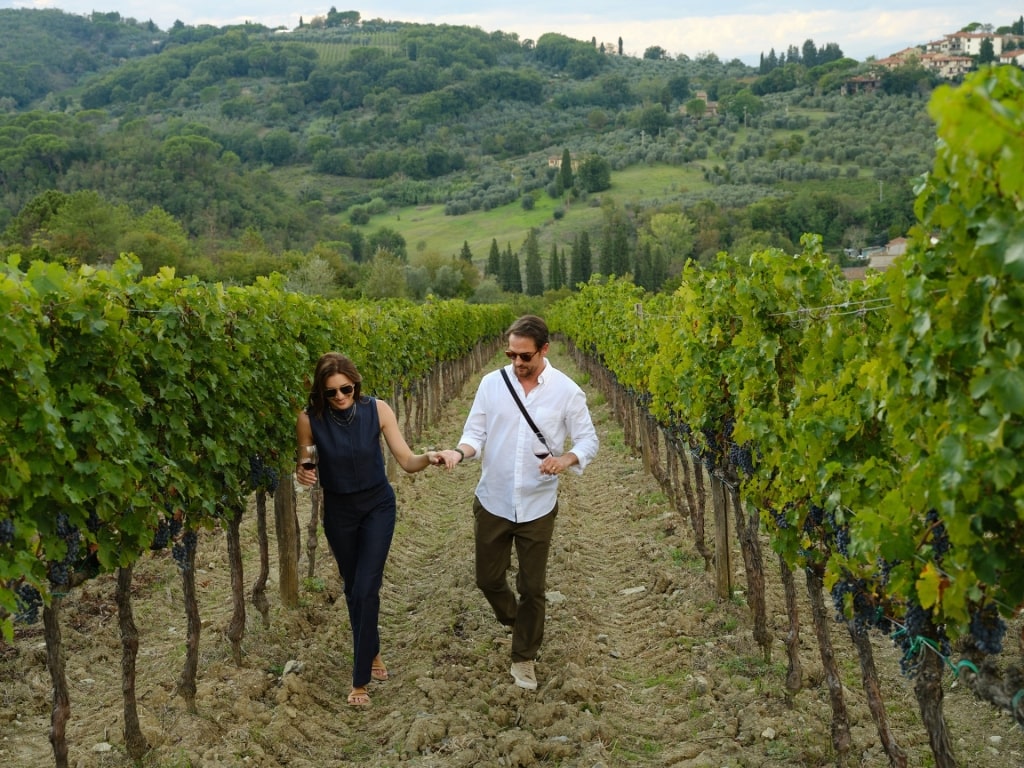
Vineyard in Tuscany
The festival season in Italy seems to last all year, with celebrations of everything from medieval rugby to mothers-in-law. However, Italy in September welcomes one of the most culturally significant festivals of them all—La Vendemmia.
La Vendemmia is the grape harvest. At this time of year, armies of grape pickers troop out into the vines, whether on the slopes of Vesuvius or the fertile plains of Puglia where the Primitivo grape is among the first to be harvested.
La Vendemmia can begin as early as late August. Its rituals and revelries last until late autumn, with the famous Nebbiolo variety one of the last to be snipped in bunches while its vines are clad in fiery fall attire.
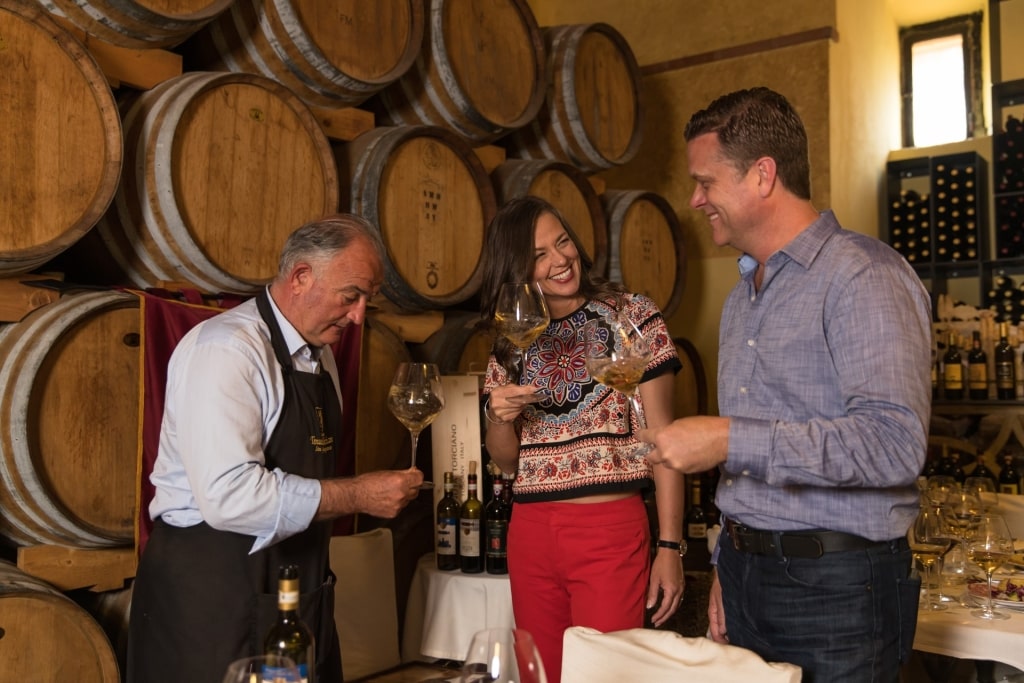
Wine tasting in Italy
In some places, it’s often possible to join in the harvest. There might also be some grape stomping available if you’re in the right place at the right time, but for most, La Vendemmia is celebrated by drinking wine at boisterous harvest celebrations from vineyards on the outskirts of Rome to wine bars tucked away in Florence’s centro storico.
While it’s sometimes difficult to see past the Italian jubilation over the wine harvest, September is the time for some other very special festivals as well. In Naples, one of the most important is the Feast of San Gennaro, in honor of the city’s patron saint.
There’s a procession, a miracle, and “The Sweet of St. Gennaro”—a custard and cherry sponge cake that is a must-try at Naples’ Gran Caffe Gambrinus.
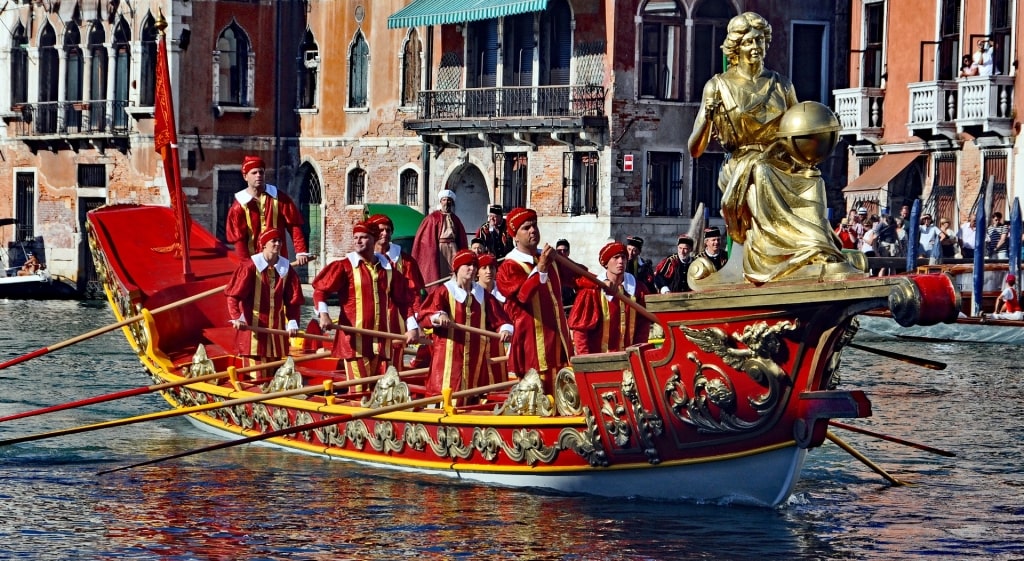
Regata Storica Photo by Hervé Simon on Flickr, licensed under CC BY-SA 2.0
Travel north to Venice, and if you’re visiting over the first Sunday in September, you’ll bear witness to the one-of-a-kind Regata Storica, the Historical Regatta. Think gondola races, a procession of medieval boats meandering along the Grand Canal, and a waterside seat at a bar with a Venetian Spritz set before you on a soft, circular white napkin.
Meanwhile, in the Tuscan-walled old town of Lucca, there’s a mesmerizing religious procession on the 13 September called the Luminara di Santa Croce. This annual event sees the streets lit by candlelight, while the proud Lucchesi, carrying flaming torches, accompany the Volto Santo relic to the city’s Cathedral of San Martino.
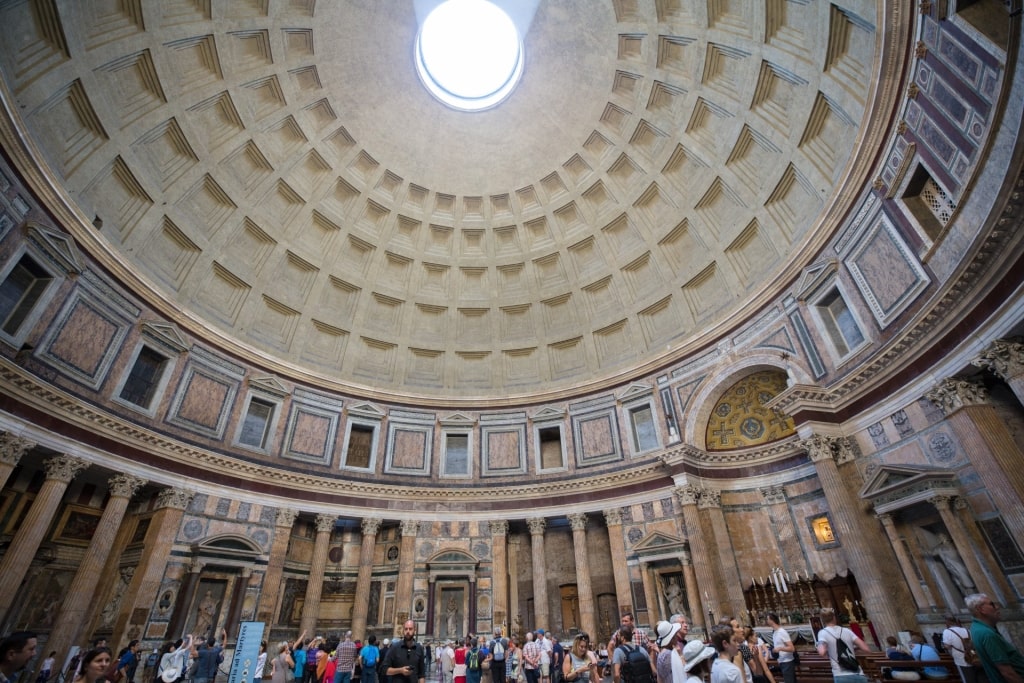
Pantheon, Rome
During September in Rome, the capital is host to an embarrassment of riches in terms of festivals. However, one of the most mysterious and unique is the Pantheon’s light phenomenon. On 4 September, channel your inner whip-wielding archaeologist as you witness the sun align with the Pantheon’s doorway for an awe-inspiring twice-annual effect.
Hiking through Fall Color
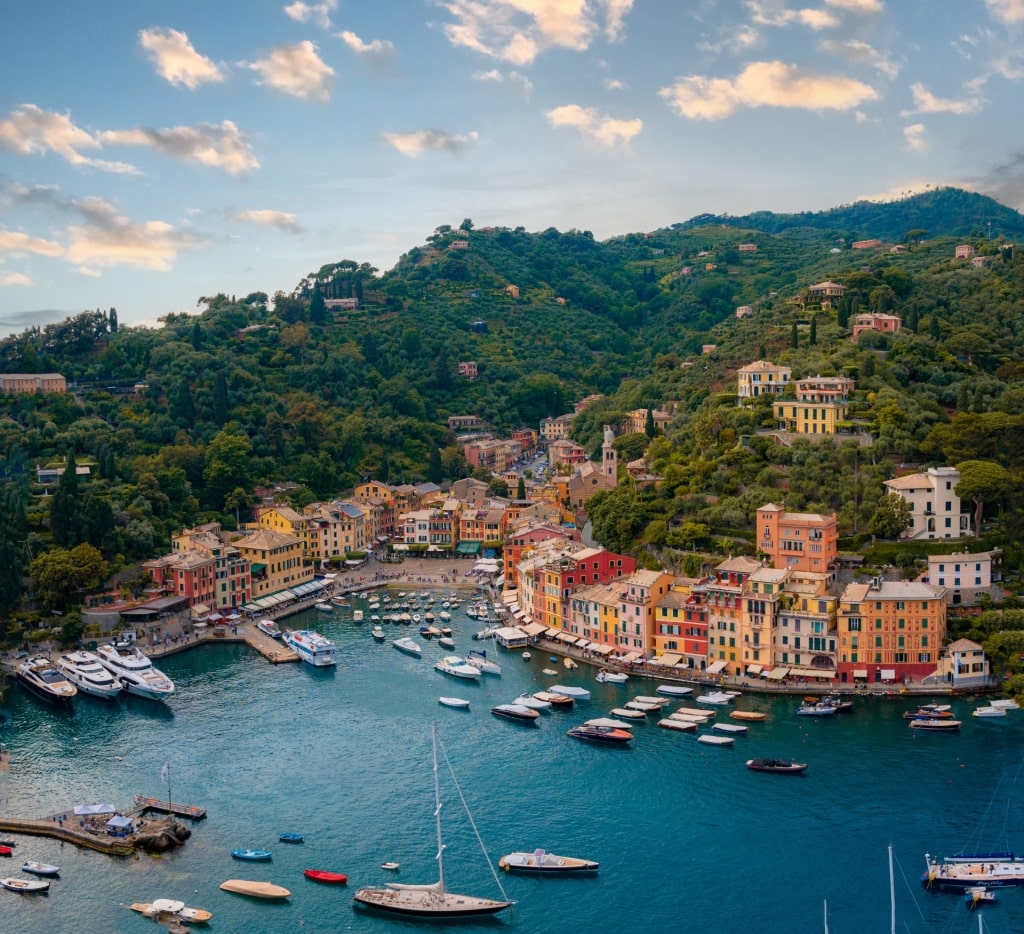
Portofino
From mid-to-late September is one of the sweet spots in the calendar to hike the many winding footpaths through the Italian countryside.
Beech forests create a mosaic of lustrous copper leaves set against the cerulean sky, while chestnuts and oak trees begin to transform their foliage to an earthy gold. It’s a photogenic time of year, and with the cooling temperatures and sunny days, practically perfect walking conditions.
Now comes the difficult part: where to go? Italy’s best hikes are many and varied, but fortunately, wherever you are, there’s something to discover. In Liguria, hike from the chic cobbles of Portofino’s Piazzetta through the holm oak forest to arrive at the mesmerizing San Fruttuoso abbey and its charming beach.
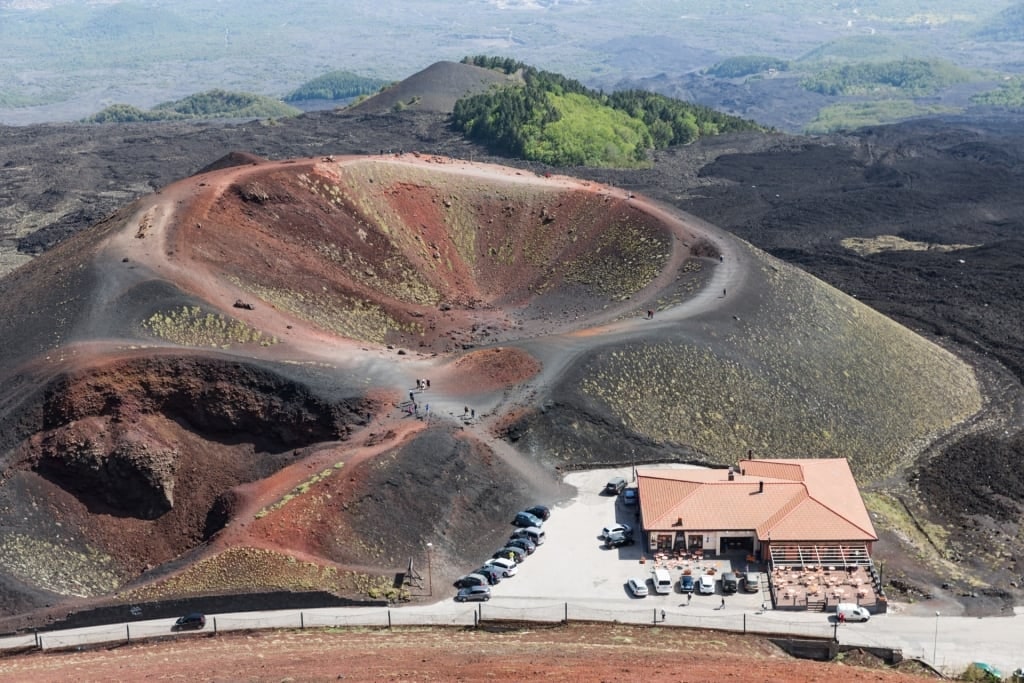
Silvestri Craters, Mount Etna
For something truly unique, make your way to the Silvestri Craters atop Mount Etna. In September in Italy, there’s nowhere else like it.
It’s possible to complete a hike from top to bottom in a day, passing through patches of autumnal color exploding out of the evergreen blanket. If you’d rather start higher up, find the cable car at Rifugia Sapienza to save your legs.
At the top, the soft clay and glittering minerals underfoot make you feel as if you’re exploring an alien planet. The Silvestri Craters were created during an eruption in 1892 and are now inactive. The views across the island are spellbinding, but remember to pack a windcheater and apply a good covering of suntan lotion.

Giardini Margherita, Bologna
If you’d prefer something closer to sea level, both Rome’s Villa Borghese and Bologna’s Giardini Margherita offer good early autumnal color—and increased proximity to rooftop cocktail bars.
Read: How to Plan a Trip to Italy
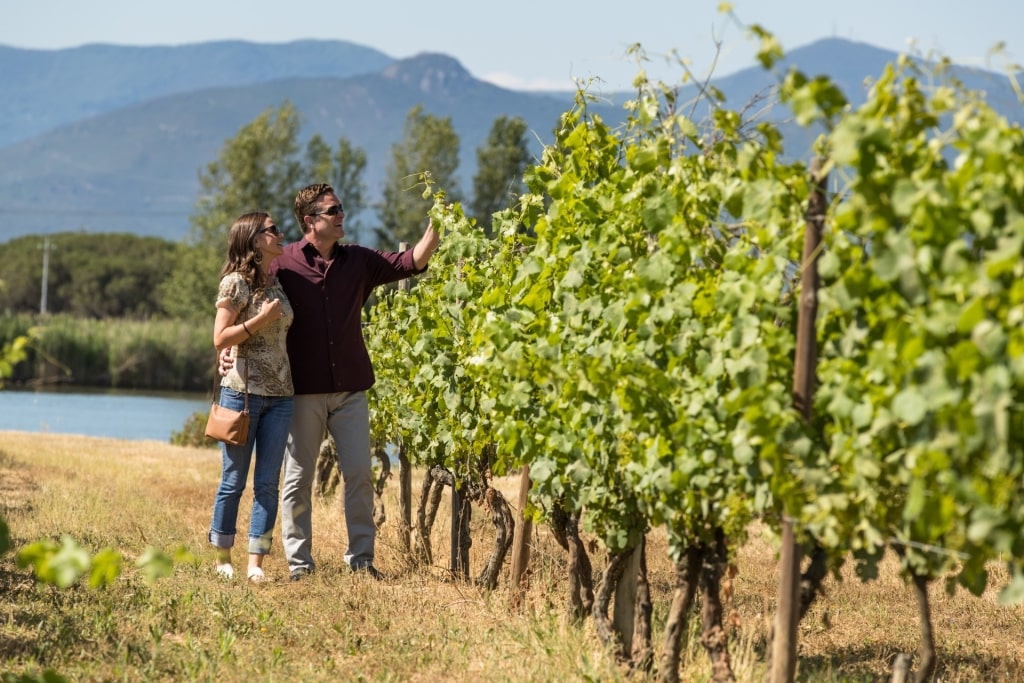
Vineyard in Tuscany
Experience mesmerizing architecture, stunning scenery, and long dinners in the warm dusk as fall approaches. Browse Celebrity’s cruises to Italy and plan your next Mediterranean getaway today.
